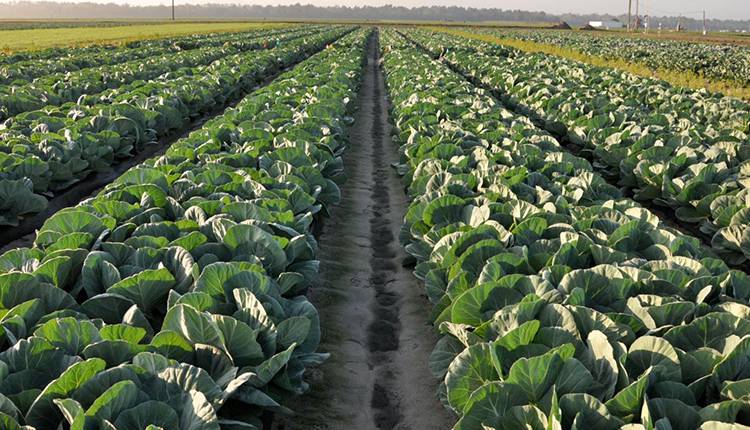Plasticulture and its way forward in India
Plasticulture or using Plastics in Agriculture is a new method of enhancing the growth of Agricultural produce. Plasticulture originated in the mid-20th century. Few countries have been careful to adopt this viable method of assisting agricultural growth. This is because it would replace their existing techniques, they may not be aware of its benefits or both. It has also found places in other areas such as food storage, water management, horticulture, etc. Is this the future for boosting farm production?
Unlike in the previous century when India gained independence, the need to feed the vast Indian population was dire. Our government has concentrated its efforts to devise ways to make sure we don’t have such food scarcity in the future. The green revolution ushered in boosting food production to such an extent that we imported more food than exporting them. Population has grown to such an extent that we may face another food crisis. What better way to engage ourselves in prevention rather than cure?
Experts have contemplated using Plasticulture for the sole purpose of boosting the current production of food manifold. One of the alternative methods involved is by using plastics in agriculture. Plastics has found its way in all occupations. It’s usage in agriculture is a massive boon.
How do they exactly use plastics in agriculture?
The way farmers use plastics is extremely different for growing plants and other crops. It includes: Mulching, plant protection nets, shade and many more.
Plastics used for food packaging is not a new concept, the same idea is applied by agriculturists in varying degrees.
The proper use along with government assisted programs and schemes and associations offers the best guidance to farmers. It also opens a wealth of possibility for the protection of crops and for irrigation purposes. Let’s take the example of mulching – it is a thin plastic film of varying thickness depending on the type of crops it’s used on. In this process, it involves covering the roots between plants. This process has many benefits as it keeps the roots and soil warm. The warmth in turn makes it uncomfortable for insects and other harmful pests to thrive.
It’s been predicted that Plasticulture has a good future for further boosting food production in the country.
Farmers must be trained for making adequate application of plastics in agriculture. Since there are support programs in place, the chances of it succeeding looks brighter. If plasticulture takes shape then there is a possibility of reducing germicides, pesticides and germicides. In this way, it will also boost organic farming.
Leave a Reply Cancel reply
Recent Posts
- Understanding The Materials That Are Used To Build Plastic Toys
- All You Need To Know About Food-grade Plastics
- A Glance At The Materials That Boost The Performance Of Plastics
- Understanding The Importance Of Exploring New Business Opportunities In The Plastic Industry
- Understanding The Importance Of Investing in R&D For The Plastic Industry
Categories
- 3D Printing
- AIPMA
- Automation
- Automobile Sector
- Bio Plastics
- Environment
- Innovations In Recycling
- Latest Innovations
- Molds & Dies
- News
- Packaging Industry
- Plastic
- Plastic Application
- Plastic Industry
- Plastic Market
- Plastic Myths
- Plastic News From The World
- Plastic Packaging
- Plastic Products
- Plastic Recycling
- Plastic Solar Cells
- Plastic Toys
- Plastic Waste
- Plastic World
- Plastics
- Plastics And Their Applications
- Plastics In Agriculture
- Plastics In Healthcare
- Plastics In Medical Industry
- Plasticulture
- Processing Machinery
- Recycling Machines
- Robotics
- Uncategorized
- Virtual Reality
Archives
- November 2023 (3)
- October 2023 (2)
- September 2023 (3)
- August 2023 (3)
- July 2023 (3)
- June 2023 (3)
- May 2023 (2)
- April 2023 (2)
- March 2023 (2)
- February 2023 (2)
- January 2023 (2)
- December 2022 (3)
- November 2022 (1)
- October 2022 (1)
- September 2022 (2)
- August 2022 (1)
- July 2022 (3)
- May 2022 (3)
- March 2022 (2)
- February 2022 (1)
- January 2022 (1)
- September 2021 (2)
- August 2021 (3)
- July 2021 (4)
- June 2021 (4)
- May 2021 (3)
- April 2021 (2)
- March 2021 (4)
- November 2019 (8)
- October 2019 (8)
- September 2019 (8)
- August 2019 (8)
- July 2019 (8)
- June 2019 (8)
- May 2019 (8)
- April 2019 (8)
- March 2019 (8)
- February 2019 (11)
- January 2019 (8)
- December 2018 (8)
- November 2018 (12)
- October 2018 (12)

